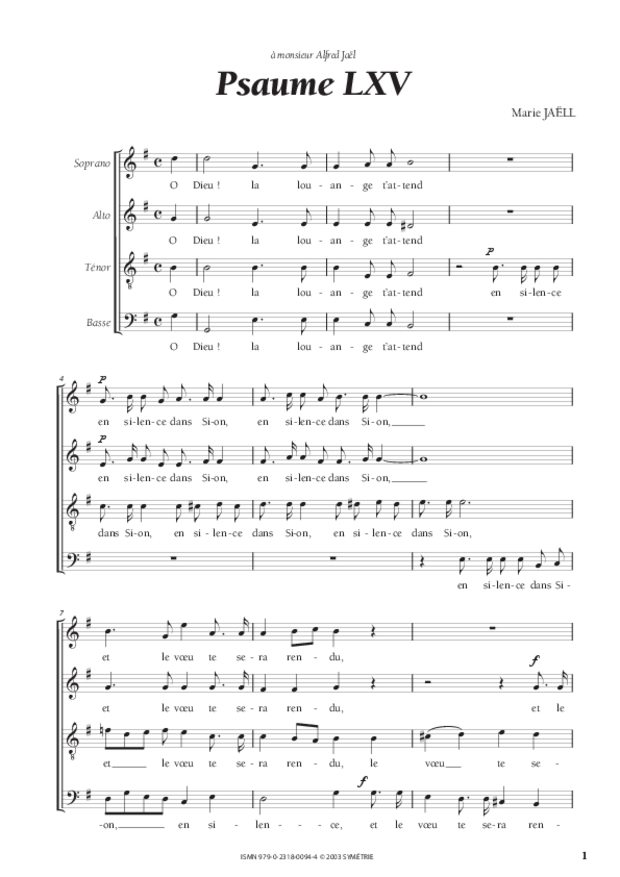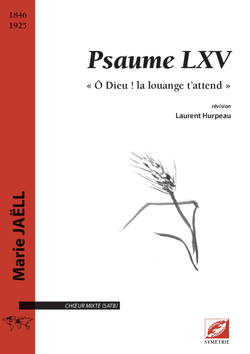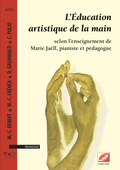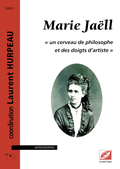Marie Trautmann was born on August 17th 1846 in Steinseltz, a small village in the north of Alsace. She soon appeared to be particularly gifted in studying the piano, and received Moscheles’ advice. In December 1856, she was introduced to Henri Herz, professor at the Paris Conservatoire. In 1862, back to Paris, she joined the Conservatoire and was awarded a first prize. In 1866, Alfred Jaëll and Marie Trautmann met in Germany and got engaged in Liszt’s presence. Alfred Jaëll, a pianist born in Trieste in 1832, was a pupil of Czerny and was also in close contact with Chopin, Brahms, Nikolaï Rubinstein and Liszt. On August 1866, Alfred married Marie; the couple settled in Paris and gave numerous concerts throughout France, Germany, Switzerland, Italy, England and Russia. The wish of the Jaëlls to live in Leipzig where Alfred was to take Moscheles’ position at the Conservatory and run the Neue Zeitschrift für Musik founded by Schumann, vanished with the start of the 1870’s war.
In order to become a fully “French artist”, Marie Jaëll took interest into composition. Around 1870, she took a few writing and orchestration lessons with César Franck and then worked regularly with Camille Saint-Saëns who represented the French music school worldwide. Marie Jaëll’s works got published as soon as 1871. Liszt undertook to get her Valses à quatre mains published and performed them with Saint-Saëns in Bayreuth. As a soloist, she played her Concerto pour piano with the Orchestre Colonne. Her Fantaisie pour violon et piano was performed at the Société nationale de musique on May 7th 1881 with Teresa Milanollo play- ing the violin. Her Concerto pour violoncelle avec accompagnement d’orchestre was performed by Delsart with the Orchestre Lamoureux in Paris at the Érard concert hall in May 1882. In 1879, Marie Jaëll undertook to write the libretto of a symphonic poem called Ossiane. Its prel- ude and second part were played at Érard’s. In 1887, at her own request and on a proposal coming from Saint- Saëns and Fauré, she is one of the very first women to be admitted as a member of the Société des compo- siteurs de musique.
In spite of her will to belong to a purely French school, she stays in close contact with Liszt. From 1883 to 1885, she stays three times in Weimar by the maestro who considered her as his assistant. She thus got to write the last lines of the third Mephisto-Walz and proof- read the Faust-Sinfonie. Liszt visited her for the last time in 1886 in Paris as he had just attended a performance of his Gran Mass conducted by Colonne.
In 1891 and 1892, she played in Paris Liszt’s com- plete piano works two times. On this occasion, Saint- Saëns would have declared: “Only one person in the world knows how to play Liszt, it is Marie Jaëll.” In 1893, she played the complete Beethoven sonatas, and all Schumann in 1901. From 1894, she gave up her career as soloist and composer to devote herself exclusively to the development of her piano method, Le Toucher, Enseignement du piano basé sur la physiologie. Her goal was to pass on the future generations the “listzian spirit” with the help of a method developed through scientific observations. Albert Schweitzer, the great Alsatian, who was at that time Marie Jaëll’s pupil declared in his book, Ma vie et ma pensée: “I owe so much to this woman of genius!”
Let us point out that Marie Jaëll’s true originality is that she was at her time a woman soloist, a composer and a pedagogue of international renown. Her musical works show that the French music had trouble break- ing away from the great German model: she belonged to the generation which allowed the French music to soar up after 1894.
Publications
Format bibliographique à copier
Jaëll, Marie, Orloff, Claudine & Spinnler, Burkard (édition scientifique). Douze Valses et Final, Symétrie, vol. , 2026, 63 p.Jaëll, Marie, Hurpeau, Laurent (édition scientifique). Psaume LXV, « Ô Dieu ! la louange t’attend ! », Symétrie, 2003, 24 p.
Polio, Charles & Benoit, Marie-Charlette & Grunwald, Denise & Frénéa, Marie-Claude. L’Éducation artistique de la main, selon l’enseignement de Marie Jaëll, pianiste et pédagogue, Symétrie, vol. , 2010, 56 p.
Hurpeau, Laurent (coordination). Marie Jaëll, un cerveau de philosophe et des doigts d’artiste, préface de Alban Ramaut, Symétrie, 2004, 336 p.









